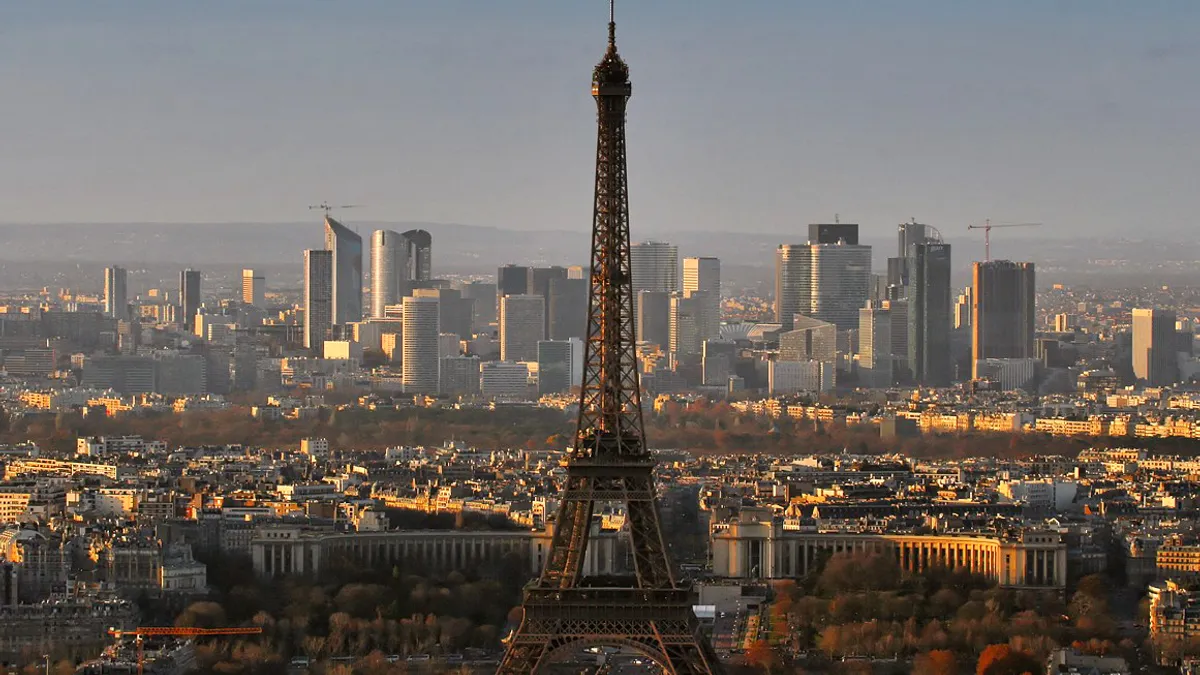Dive Brief:
- India will ratify the Paris climate accord on Oct. 2, the birthday of Mohandas Gandhi, who led the nation to independence. Prime Minister Narendra Modi made the announcement over the weekend, according to the Associated Press.
- Accounting for about 4.5% of the world's greenhouse gas emissions, India's decision moves the climate accord closer to being implemented. At least 55 of the signing parties, representing at least 55% of the global greenhouse gas emissions, will need to ratify the agreement for it to come into force.
- The New York Times reports if that level of support is reached, nations could begin working on concrete steps to reduce emissions at the U.N. Climate Conference in Morocco, in early November.
Dive Insight:
Each nation that ratifies the Paris climate accord moves the landmark agreement closer to coming into effect. With India's announcement over the weekend, and the European Union expected to ratify by the end of the year according to the Times, nations could begin the tough, detailed work of implementing the treaty in just a few weeks.
Both the United States and China agreed earlier this month to ratify the historic deal reached a year ago. The two nations are the largest contributors to greenhouse gas emissions. Also last week, more than two dozen countries committed to ratifying the Paris agreement, including Brazil, Iceland, Mexico, Singapore, Thailand, and United Arab Emirates, bringing the total number of countries to 60 and representing 48% of emissions. India's commitment pushes the number past 50% of emissions. The European Union's ratification, representing 12% of global emissions, would be enough to seal the deal.
The agreement, which includes 195 countries, aims to keep the impact of climate change below 2 degrees Celsius. For the United States, that would mean cutting emissions 26% by 2025.
The agreement isn't expected to beget a deal that will dramatically change the short-term outlook for the U.S. power sector. But analysts have warned utilities to pay close attention to how world leaders produce decarbonization goals out to midcentury, as those decisions will shape their investments today.
Aside from power sector emissions, grid infrastructure is especially vulnerable to impacts of climate change. Rising sea levels and increasingly severe weather patterns are evolving as bigger risks to the aging U.S. electrical grid.
Countries would be bound to their commitments for four years once the treaty enters into force. But since the agreement is non-binding and does not require Senate approval, the New York Times points out a future president could simply refuse to attend summits or implement the treaty with little recourse.
The 22nd U.N. Climate Conference kicks off Nov. 7 in Marrakesh, Morocco.















